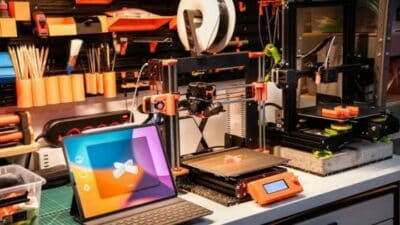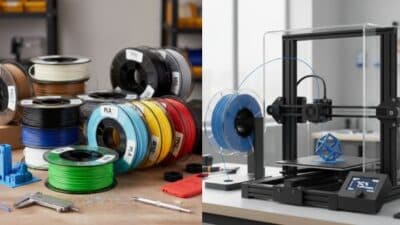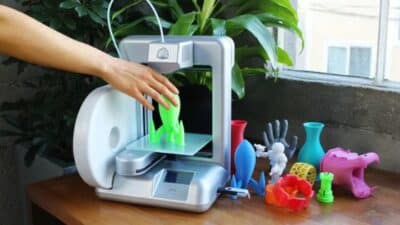If you’re thinking about starting a business in the 3D printing space, you’re tapping into a versatile and growing market. 3D printing offers unique opportunities to create custom products, prototypes, and even small-scale manufacturing, all with relatively low startup costs.
The key to a successful 3D printing business is finding ideas that match your skills and market demand. This guide will introduce you to 10 practical business ideas to help you explore what’s possible with 3D printing and turn your creativity into a profit.
1) Customized Jewelry Design
You can create a unique business by offering customized 3D printed jewelry. This allows your customers to design pieces that reflect their personal style and story. From rings to necklaces, you can offer various design options and materials.
3D printing technology makes it easier to produce intricate details that traditional methods might struggle with. Your customers can personalize everything, such as band shapes or gemstone settings, making each piece truly one of a kind.
Starting this business can be budget-friendly since you only print on demand. This reduces inventory costs and allows you to experiment with fresh designs. Plus, personalized jewelry often appeals to people looking for special gifts or meaningful keepsakes.
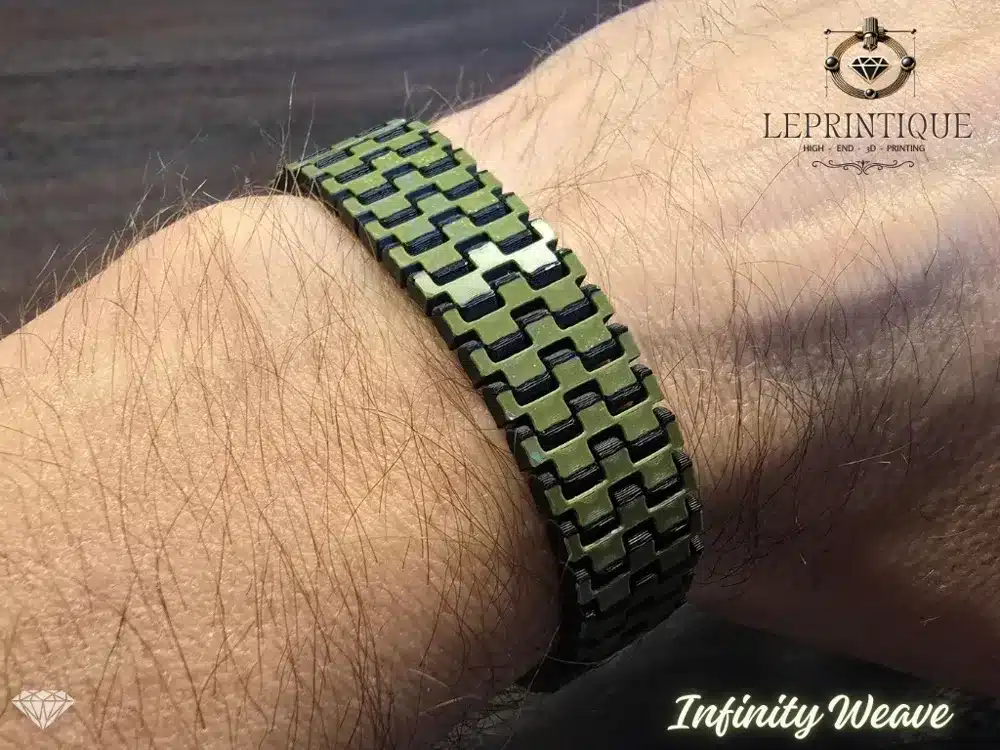

2) Miniature Architectural Models
If you’re interested in architecture, creating miniature models with 3D printing can be a great business idea. You can help architects and designers by producing detailed, scaled-down versions of their blueprints. These models make it easier to visualize and present ideas to clients.
3D printing lets you create precise and customizable architectural miniatures quickly. Unlike traditional handmade models, 3D printed ones save time and allow for easy adjustments. This flexibility is a big plus for fast-paced projects or design revisions.
You could target architects, real estate developers, or even educators who use models for teaching. Offering personalized models tailored to specific designs increases the value of your service.
Starting this business requires some skills in 3D design software, but there are plenty of resources to help you learn. As 3D printing technology advances, the demand for miniature architectural models is growing, making it a promising area to explore.

https://makerworld.com/en/models/1613334-palace-miniature?from=search#profileId-1702096
3) Personalized Phone Cases
You can create custom phone cases that reflect your customer’s personality and style. With 3D printing, it’s easy to design cases that fit specific phone models perfectly.
Offering unique designs, like names, logos, or artwork, helps your products stand out. Customers appreciate cases that look different from typical store-bought options.
The printing materials, such as PLA or ABS, provide solid protection while allowing vibrant colors and interesting textures. You can experiment with different finishes to add extra appeal.
Keep in mind, producing single cases through 3D printing costs more than mass production. However, customers willing to pay for personalized or limited-edition cases are your target market.
Platforms like Etsy or Shopify are great places to showcase and sell your creations. Focus on quality prints and excellent customer service to build a strong reputation.
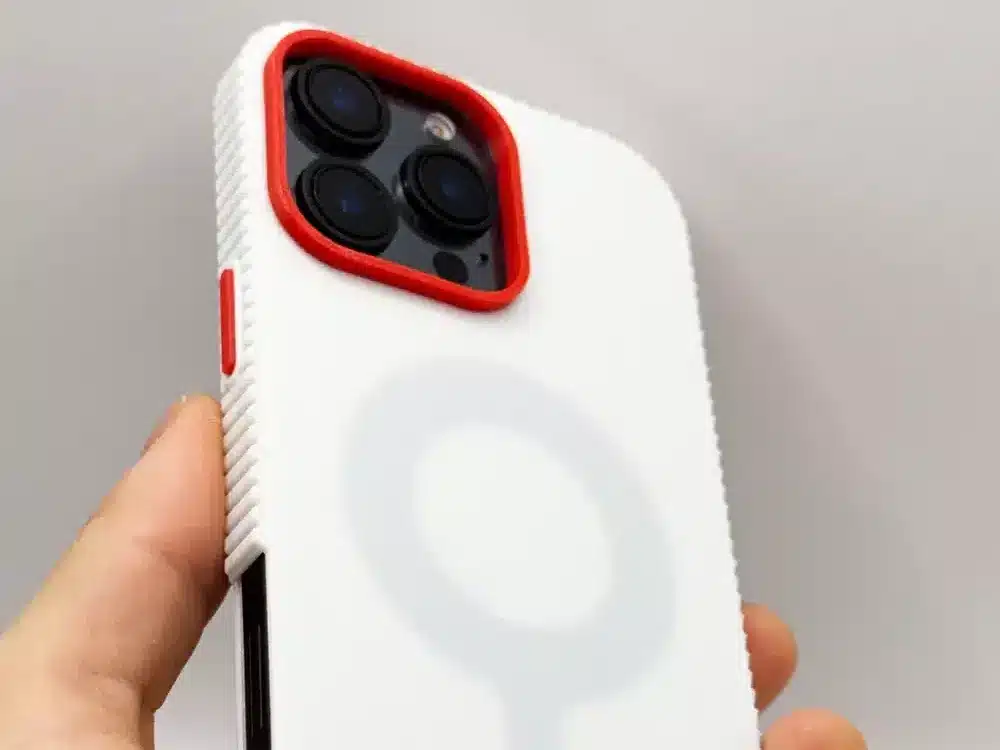
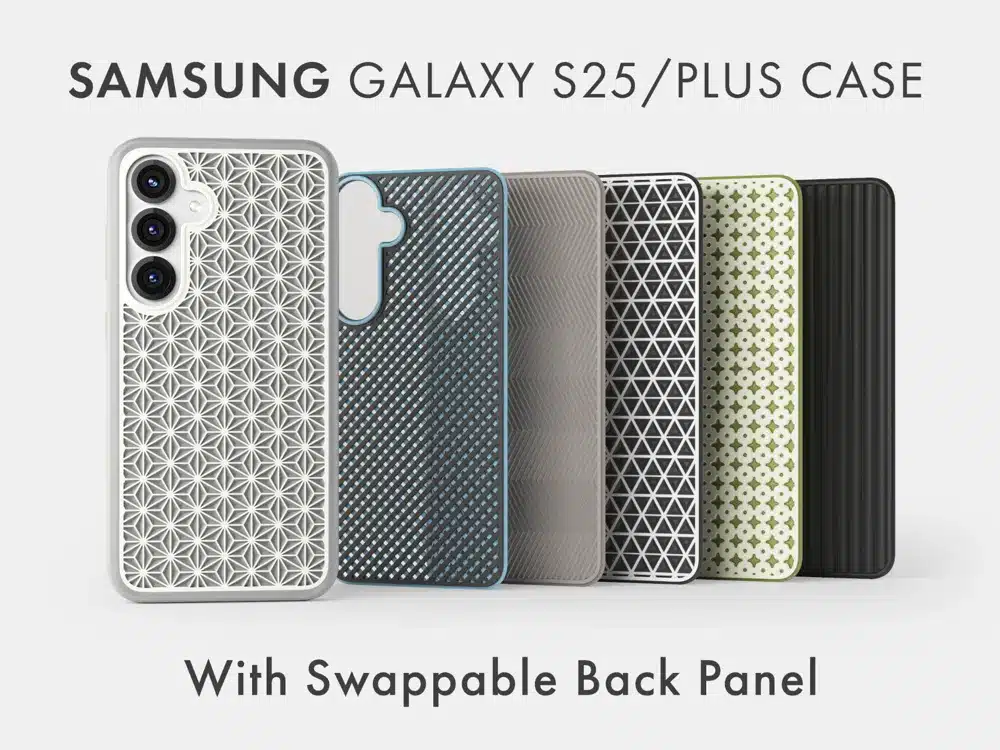
4) Replacement Parts for Appliances
You can use 3D printing to create replacement parts for household appliances. This saves money and helps keep devices out of the landfill. Many parts are simple to design and print, like knobs, clips, or gears.
If you have broken or missing parts, you can scan or measure the originals to recreate them. Even smartphones with photogrammetry apps can help capture the shapes you need.
This business idea works well because people often struggle to find specific parts or face long wait times. Offering quick, affordable parts can build a strong local or online customer base.
You can expand your service by helping fix toys, furniture, or other everyday items. The key is knowing which parts are in demand and creating precise, durable prints for your customers.

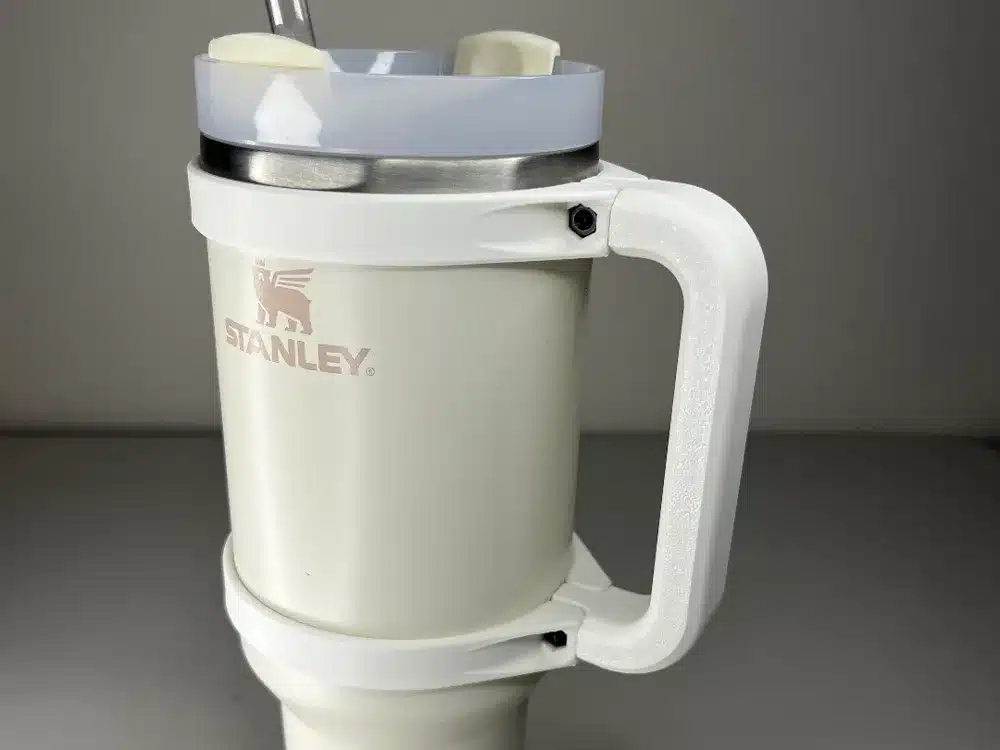
5) 3D Printed Home Decor
You can create unique home decor items using 3D printing. This lets you offer customizable products that stand out from typical store-bought pieces. From geometric planters to decorative bookends, there’s plenty to choose from.
3D printing allows you to design items that fit your customer’s style and space perfectly. Small decor pieces can be made quickly and on demand, reducing your need for inventory.
Your customers will appreciate personalized touches like custom vases or artistic wall panels. These items provide practical function and add charm to any room.
If you enjoy combining creativity with practicality, home decor is a great 3D printing business idea. It’s a chance to turn your designs into stylish, sellable products.


6) Orthopedic Insoles and Supports
You can create custom orthopedic insoles and supports using 3D printing technology. These products help improve foot comfort, correct posture, and provide arch support tailored specifically for your customers’ needs.
By scanning feet digitally, you can design insoles that fit perfectly. This process is much faster and more precise than traditional methods, allowing you to deliver personalized solutions quickly.
Materials like polypropylene provide durability and strength for everyday use. You can adjust the printing density and design to achieve different levels of hardness and function in various areas of the insole.
Since these products are often expensive when bought retail, offering custom 3D printed insoles can attract customers looking for affordable, high-quality options. Plus, it opens opportunities to serve people with specific medical needs or preferences.
Overall, 3D printing orthopedic supports combines technology, customization, and health to create useful products you can offer with a unique competitive edge.
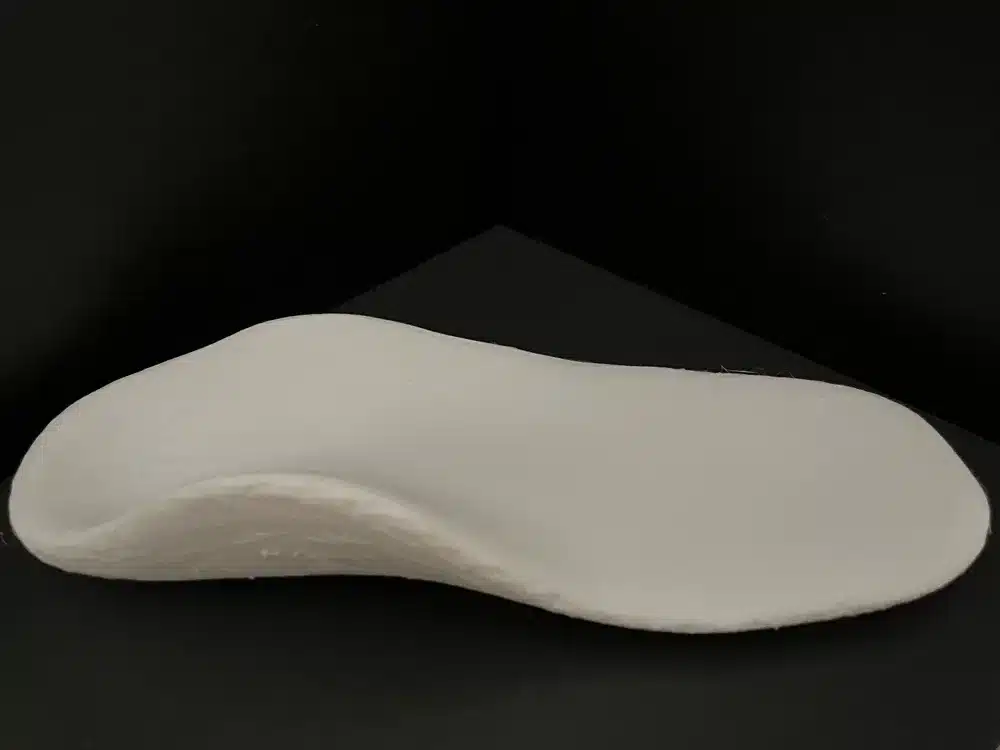
7) Custom Drone Frames
If you’re interested in drones, 3D printing custom drone frames can be a great business idea. You can create lightweight and durable frames tailored to specific drone sizes and designs. This flexibility helps your customers get exactly what they need for their projects.
With a 3D printer, you have the power to experiment with different shapes and materials. You can even offer personalized frames with custom hole placements or reinforced areas for extra strength. This customization can set your service apart.
3D printing also lets you quickly produce prototypes and small batches. That means you can test new designs without large upfront costs. Plus, you can cater both to hobbyists and professionals who want unique or upgraded drone frames.
By tapping into the growing drone community, you’ll find many enthusiasts looking for affordable, quality frames. Sharing your designs online or through marketplaces can help grow your customer base and showcase your skills.
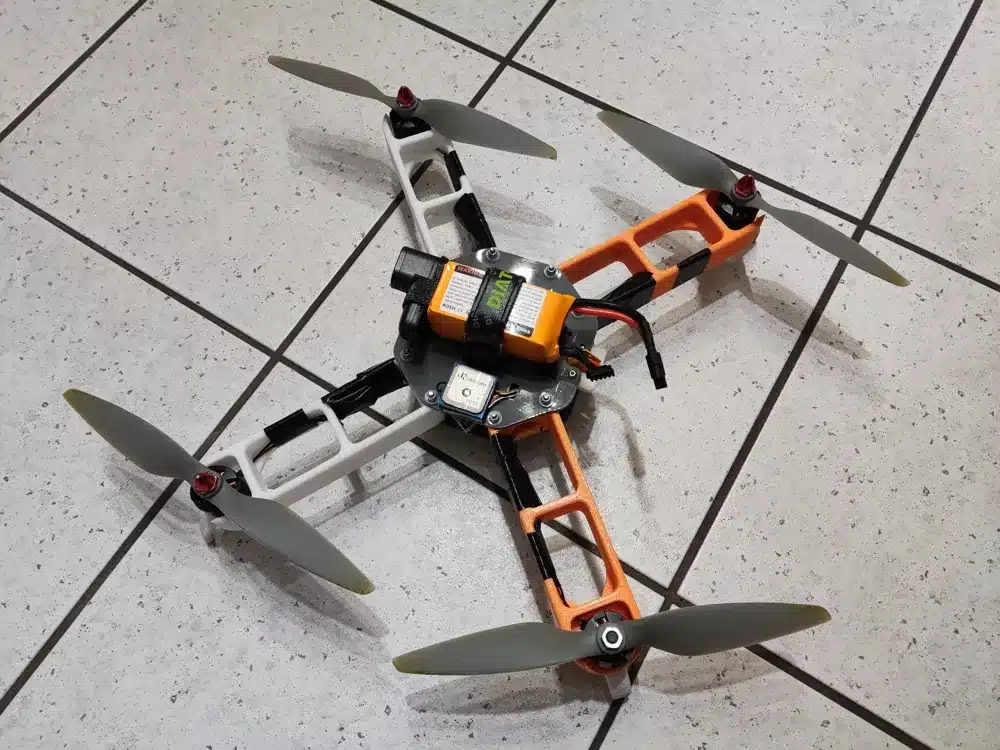
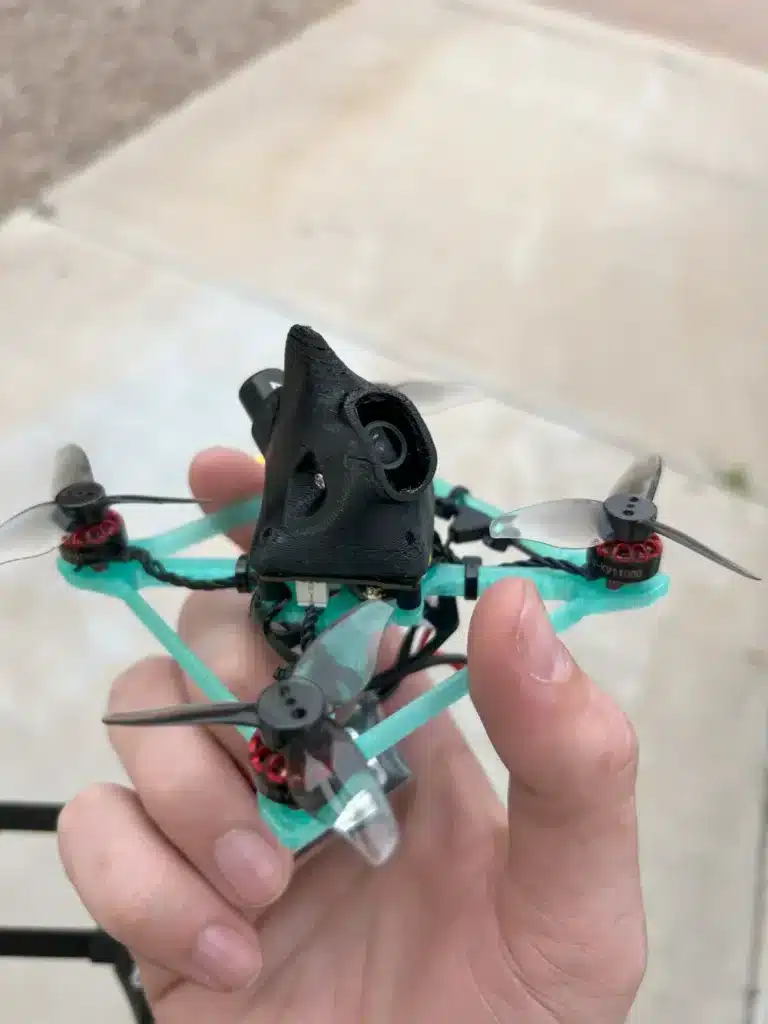
8) Educational Models for Schools
You can create 3D printed models that bring school subjects to life. Think about making hands-on tools for science lessons, like detailed water cycle models or cell structures.
These tactile objects help students understand tricky concepts by seeing and touching them. Your models can cover math, geography, biology, and more.
Teachers often look for customized learning aids. You can offer tailored items such as geometric shapes for math or maps for social studies.
Your business can also support special needs education by designing tactile materials for visually impaired students. This makes learning more inclusive and engaging.
Schools value interactive and innovative resources. Providing durable, easy-to-use 3D printed models can fill this need while helping students stay interested in their lessons.
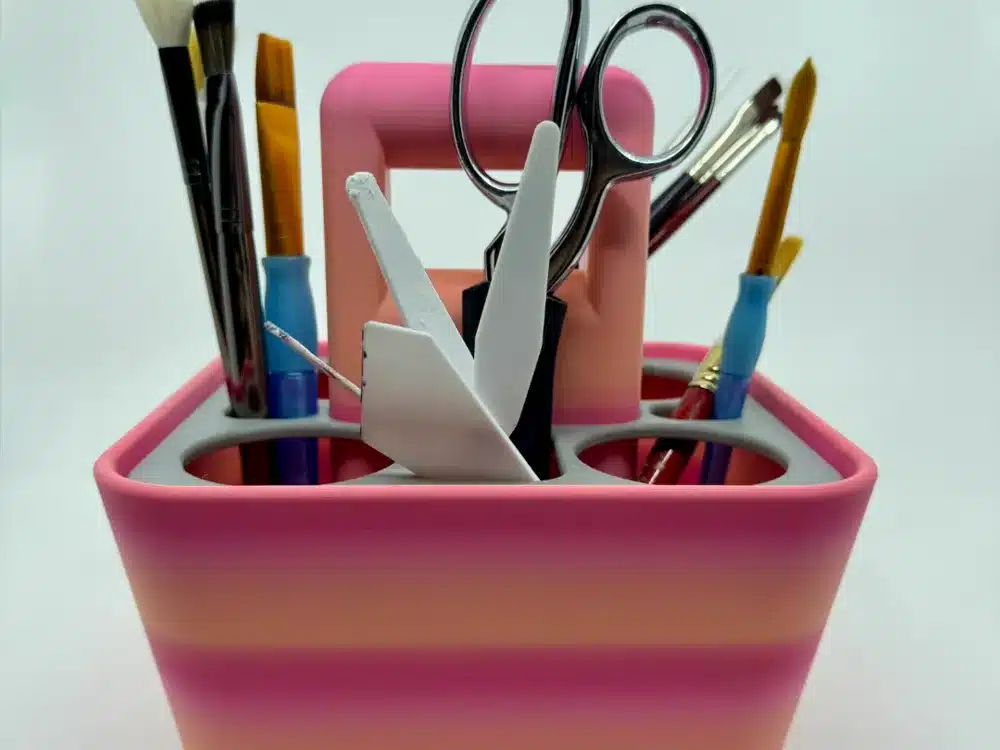
https://makerworld.com/en/models/1507001-art-caddy?from=search#profileId-1577260
9) Unique Board Game Pieces
You can create custom board game pieces that bring a fresh look to classic games. 3D printing lets you design detailed characters, tokens, or miniatures tailored to your customers’ tastes.
Many enthusiasts appreciate replacing lost or bland pieces with personalized versions. This adds value and can even improve gameplay by making pieces easier to recognize.
Offering custom colors, sizes, and themes opens up many options for your business. You can also design modular parts or create entirely new game components that enhance replayability.
Providing STL files or print-ready models online can expand your reach. Players love having access to unique, high-quality pieces that hobby stores don’t carry.
By focusing on quality and creativity, you can turn unique board game pieces into a steady niche within the 3D printing market. It’s a fun way to combine your love for games with a business opportunity.
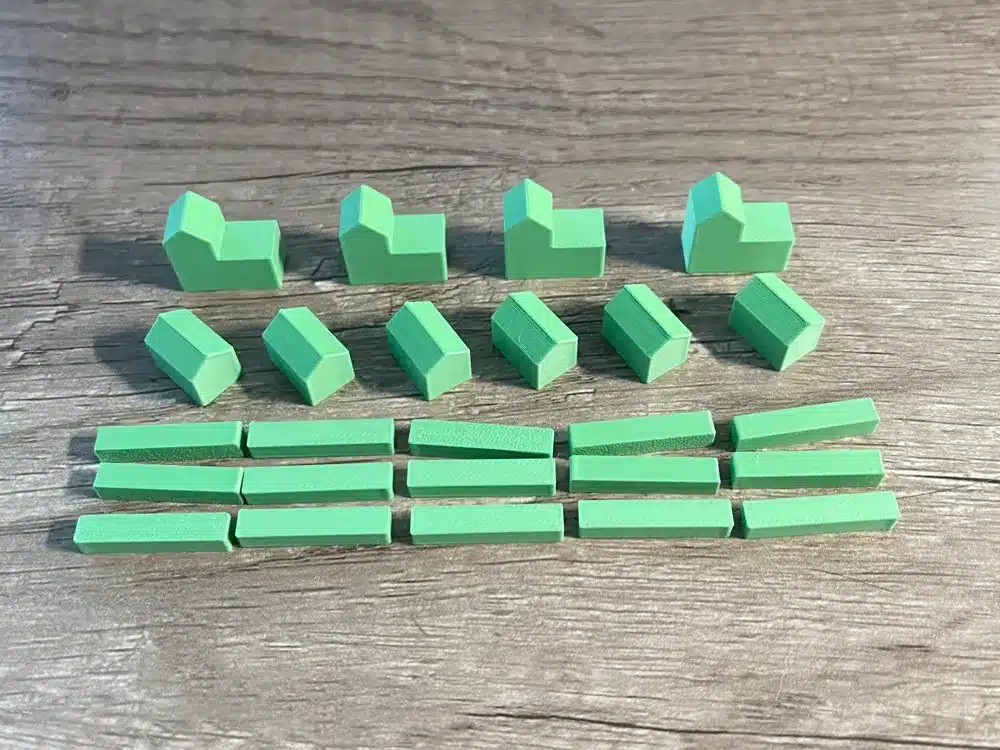
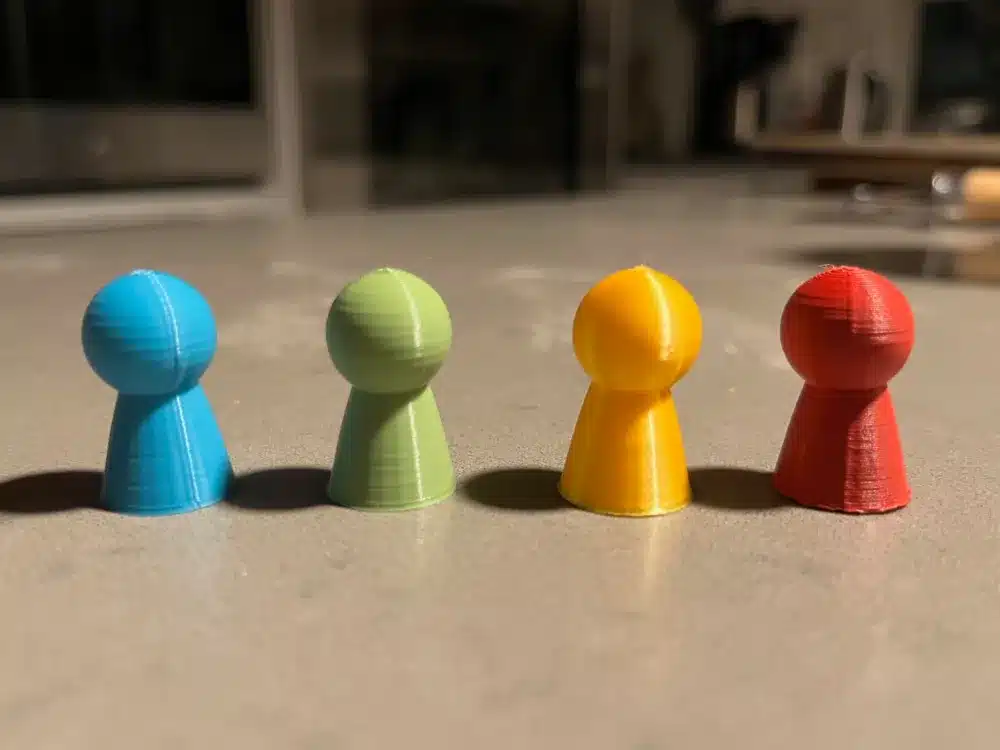
10) Prototyping for Startups
If you’re launching a startup, 3D printing can be a game-changer for your product development. It allows you to create prototypes quickly and affordably, helping you test and improve your designs without a big upfront investment.
You can easily modify digital designs and print iterations until you get the perfect product. This process saves time compared to traditional manufacturing and lets you respond to feedback faster.
Using 3D printing for prototyping also helps you showcase your ideas to investors or customers with tangible models. It makes your concept easier to explain and understand, increasing your chances of getting support.
Whether your startup is in healthcare, consumer products, or tech, 3D printed prototypes let you experiment with form, function, and materials. You get to bring your ideas to life quickly while keeping costs manageable.

Planning Your 3D Printing Business
Starting your 3D printing business requires clear decisions about your target audience, the specific products or services you’ll offer, and understanding the legal steps involved. These initial choices set a strong foundation to ensure your business runs smoothly and grows steadily.
Market Research Essentials
Before you invest in equipment or materials, spend time understanding the market demand for your 3D printing services. Identify who your customers are, whether they are hobbyists, professionals, or businesses needing prototypes. Use surveys, online forums, and competitor analysis to uncover gaps or underserved areas.
Look for trends in industries like medical devices, jewelry, or custom home decor. Check local and online competition, and assess pricing strategies to gauge profitability. Market research helps you avoid risky investments and tailor your offerings to real customer needs.

Choosing the Right Niche
Focus your business on a niche where you can stand out and deliver high value. Examples include:
- Custom prosthetics or medical parts
- Architectural models and prototypes
- Personalized gadgets or gifts
Select a niche matching your skills and interests and assess production complexity. Specializing also improves your marketing efforts and helps build a loyal customer base.
Start small by mastering one area before expanding to other niches. This approach keeps costs manageable and builds your reputation.
Legal and Licensing Considerations
You’ll need to address several legal steps before launching your 3D printing business. Begin by registering your business type (LLC, sole proprietorship, etc.) according to local laws.
Check if you require special permits or zoning approval, especially if you plan to operate from home. Protect your designs from infringement by understanding intellectual property rights, patents, and copyrights.
Also, verify any safety standards needed for products in regulated sectors like medical or aerospace. Obtaining insurance can help cover liability risks related to your printed products.

Growing and Marketing Your 3D Printing Venture
To grow your 3D printing business, focus on creating a strong brand, leveraging digital marketing tools, and building partnerships with local businesses. These steps will help you reach more customers and stand out in a competitive market.
Building a Brand Identity
Your brand should clearly communicate what makes your 3D printing service unique. Start with a memorable logo and consistent visual style across your website, social media, and packaging.
Define your target audience carefully. Are you focusing on hobbyists, businesses, or educational institutions? Tailor your messaging and service offerings to meet their specific needs.
Use customer testimonials and showcase your best work to build trust. Offering guarantees or excellent support adds professionalism and encourages repeat business.
Effective Online Marketing Strategies
Having a strong online presence is crucial. You should optimize your website for search engines by using keywords related to 3D printing services in your area and niche.
Create engaging content like tutorials, case studies, or projects to attract visitors. Social media platforms such as Instagram or LinkedIn can showcase product photos and customer stories.
Consider paid ads with clear calls to action to drive sales or inquiries. Email marketing is also effective for promotions or sharing updates with your loyal customers.
Collaborating With Local Businesses
Partnering with local businesses can open new revenue streams and increase your reach. For example, work with hardware stores, design studios, or schools needing custom parts or prototypes.
Offer to demonstrate your 3D printing capabilities at local trade shows or community events. This builds awareness and shows the practical value of your services.
You can also establish referral programs with local partners to reward them for bringing in customers. This creates a win-win situation and helps grow your network naturally.
- 3shares
- Facebook0
- Pinterest3
- Twitter0

